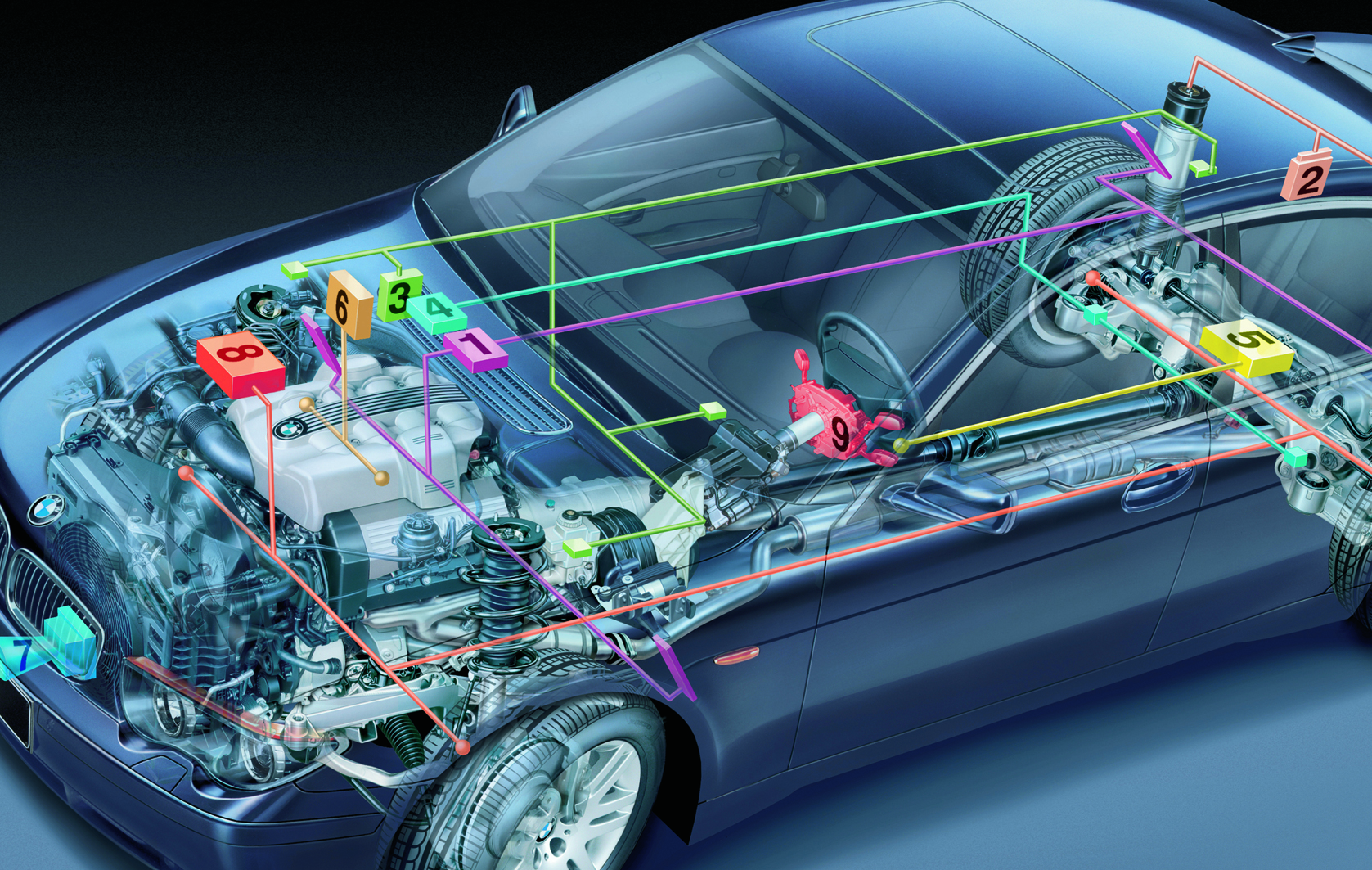The 4L80E transmission is a four-speed automatic overdrive transmission designed by General Motors (GM) for use in heavy-duty trucks and high-performance vehicles. A torque converter is a key component of any automatic transmission and the 4L80E is no exception racing torque converters. In this article, we’re going to take a closer look at 4L80E torque converters and what you need to know about them.
- What Is a Torque Converter?
A torque converter is a fluid coupling device that sits between the engine and transmission of a vehicle. It allows the engine to operate at low speeds without stalling while the transmission is in gear. The Torque converter also multiplies engine torque as power is transferred through the transmission and to the wheels.
- How Does a Torque Converter Work?
A torque converter consists of four basic parts – a pump, turbine, stator, and converter clutch. The pump is driven by the engine and moves fluid through the converter. The turbine is connected to the transmission input and drives the wheels. The stator redirects fluid back to the pump to create an efficient flow. The converter clutch is used to lock the turbine and pump together to eliminate inefficiencies.
- 4L80E Torque Converters
The 4L80E torque converter is designed specifically for use with the 4L80E transmission. It has a higher torque capacity than its predecessor, the TH400, and is capable of handling greater amounts of power. It is also more durable than other torque converters due to its greater surface area on the stator fin design. 4L80E torque converters are available in different stall speeds, which affect the amount of torque multiplication that they provide.
- Stall Speeds
Stall speed refers to the point at which the torque converter begins to transfer power to the transmission. This is determined by various factors such as the engine torque curve, vehicle weight, rear-end gear ratio, and tire size. Street-driven vehicles typically have a stall speed of around 1800-2200 rpm. High-performance vehicles may need a higher stall speed to operate effectively, which can range anywhere from 2800-4000 rpm.
- Replacement and Upgrading 4L80E Torque Converters
If you have a vehicle with a 4L80E transmission and need to replace your torque converter, it is important to choose one that matches your vehicle’s intended use. For high-performance applications, upgrading the torque converter can make a big difference in performance and acceleration. Upgrading the stator design and material, converter clutch assembly, and stall speed can increase performance and improve efficiency.
In summary, the 4L80E torque converter is a necessary component for your vehicle’s automatic transmission and should be chosen based on your vehicle’s intended use. Understanding how torque converters work and the different options available will help you make an informed decision when purchasing a replacement or upgrading for high-performance use. Don’t overlook the importance of this vital component when it comes to your vehicle’s overall performance.






